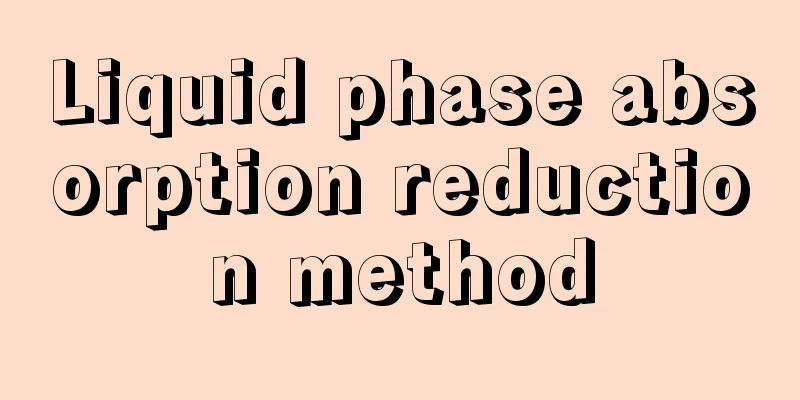Napkin - napkin (English spelling)

|
This refers to a piece of cloth or paper that is placed on one's lap while eating. It is used to prevent food from dropping onto clothes and staining them, as well as to wipe the area around the mouth and hands that have become dirty due to food. It originally developed from cloth used to wipe hands while eating, in the era when people ate with their fingers, before around the 17th century when knives and forks began to be used for meals. This type of hand towel first appeared in Roman times, where it was called a mappa. In the Middle Ages, tablecloths appeared, and people would wipe their hands on a corner of the tablecloth. However, expensive fabric began to be used for tablecloths, and from around the 17th century, modern-day napkins appeared, separate from tablecloths. At dinner, napkins are often folded decoratively and placed on top of the plate. Alternatively, they may be placed to the left of the plate along with the knife and fork. They need to be washed and kept clean after each use, so they are made from a material that can be washed many times and that easily absorbs moisture and oil when food drops onto them. Thick cotton napkins are usually used. Paper napkins are also used for parties and simple meals. Again, the paper used is one that is highly absorbent. Paper napkins for parties are also available, and these are printed with beautiful designs. [Tomomi Kono] Source: Shogakukan Encyclopedia Nipponica About Encyclopedia Nipponica Information | Legend |
|
料理を食べるとき、膝(ひざ)にかける目的で使用する布裂(ぬのきれ)あるいは紙などをいう。食べている食物が服に落ちて汚したりするのを防ぐとともに、料理による口の周りや手の汚れをふくためのもの。もともとは、ナイフやフォークが食事に使用されるようになる17世紀ごろより以前、料理を手づかみで食べていた時代に、料理を食べながら手ふきに使われていた布から発展したものである。この手ふきの始まりはローマ時代で、マッパmappaとよばれていた。中世にはテーブルクロスが出現し、この片隅で手をふいていた。しかし、テーブルクロスの生地(きじ)に高価なものが使用されるようになり、17世紀ごろからは、テーブルクロスとは別に、現在のようなナプキンが生じた。 ナプキンは、ディナーなどでは、飾り折りをして、位置皿の上に飾ることが多い。あるいは、ナイフ、フォークなどとともに皿の左側に置かれることもある。1回ごとに洗い、清潔にすることが必要であるので、材質は、何回も洗えるうえ、料理が落ちたとき水分や油などを吸収しやすいものが用いられる。通常は木綿の厚手のものが多い。このほか、パーティーや簡単な食事のときには、紙製のナプキンが用いられる。これも吸湿性のよいものが材料の紙として用いられる。パーティー用の紙ナプキンなどもでき、これらは、きれいなプリントなどが印刷される。 [河野友美] 出典 小学館 日本大百科全書(ニッポニカ)日本大百科全書(ニッポニカ)について 情報 | 凡例 |
<<: Nabuco - Nabuco (English spelling) Joaquim Nabuco
>>: Nafir (English spelling) nafir [Arabic]
Recommend
Alabarda - Arabarda
…This battle axe culture, especially in the perio...
Yoshiro Irino
Composer. Born in Vladivostok. Graduated from the...
Ball belt - Kyutai
The part of a sphere that is sandwiched between tw...
Metropolitan system - Tosei
The system of Tokyo, the capital of Japan. In 1943...
Elkeny I.
… [Osamu Ieda]. … *Some of the terminology that r...
Israeli War of Independence
…When the independence of the State of Israel was...
continental borderland
… continental margin The area that separates the ...
Asiantum - Asiantum
A general term for the genus Pavodina in the Pter...
Ohara school
It is one of the three major schools of ikebana, ...
Sando - Sando
It was one of the departments of Daigakuryo, and ...
French literature
France is located in the center of Europe, has a ...
Energy integral
…These conditions are called integrals of the equ...
George Johnstone Stoney
Irish physicist. After graduating from Trinity Co...
Kyoto Sangyo University
A private university founded in 1965 by Toshima A...
Pedro Sarmiento de Gamboa
1532‐92? Spanish navigator. He traveled to Mexico ...









